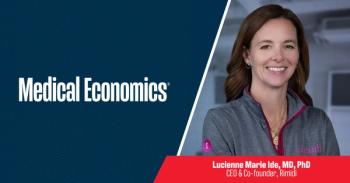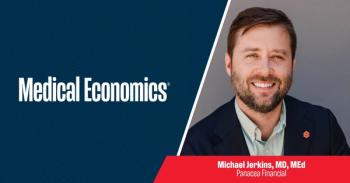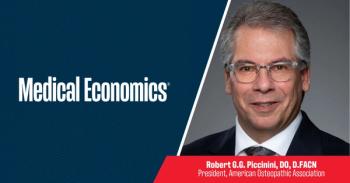
Reshoring medical device manufacturing: Navigating the challenges
How medical device manufacturing can be brought back to the US
In recent months, the idea of bringing medical device manufacturing back to the United States has gained momentum, driven by
But the path to reshoring is far from straightforward. The U.S. medical device sector faces significant hurdles, starting with cost. Manufacturing overseas—especially in Asia—has long benefited from lower labor expenses and production costs. Replicating that cost structure domestically is challenging, particularly for high-volume, price-sensitive products.
Skilled labor shortages add another layer of complexity. Many specialized manufacturing roles have shifted abroad over the past two decades, leaving gaps in the domestic workforce. Recruiting, training, and retaining workers with expertise in precision manufacturing, cleanroom operations, and quality control is a major undertaking.
Infrastructure and supply chain dependencies also play a role. Even if assembly is brought back to the U.S., many raw materials, electronic components, and subassemblies are still sourced internationally. Creating a fully domestic supply chain requires significant investment and coordination across multiple industries.
Regulatory and quality requirements further complicate the transition. Medical device manufacturing is tightly regulated, and any shift in production location can trigger new validation processes, inspections, and compliance hurdles that slow timelines and increase costs.
Despite these challenges, momentum for reshoring continues, fueled by
Medical Economics spoke with Rodney Schutt, president and CEO of
Newsletter
Stay informed and empowered with Medical Economics enewsletter, delivering expert insights, financial strategies, practice management tips and technology trends — tailored for today’s physicians.




